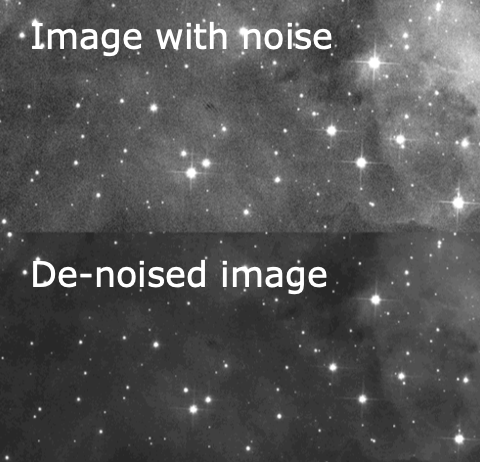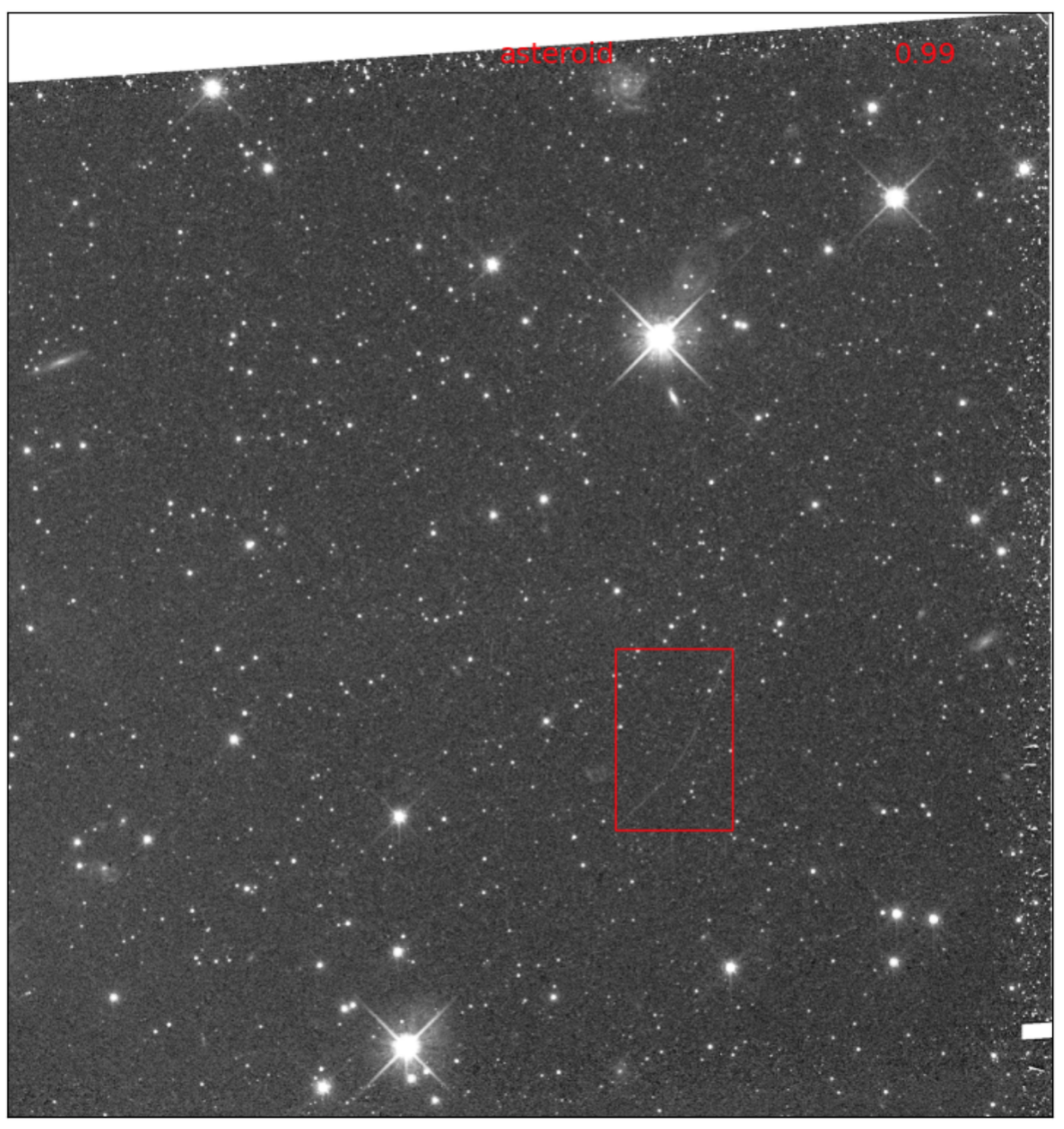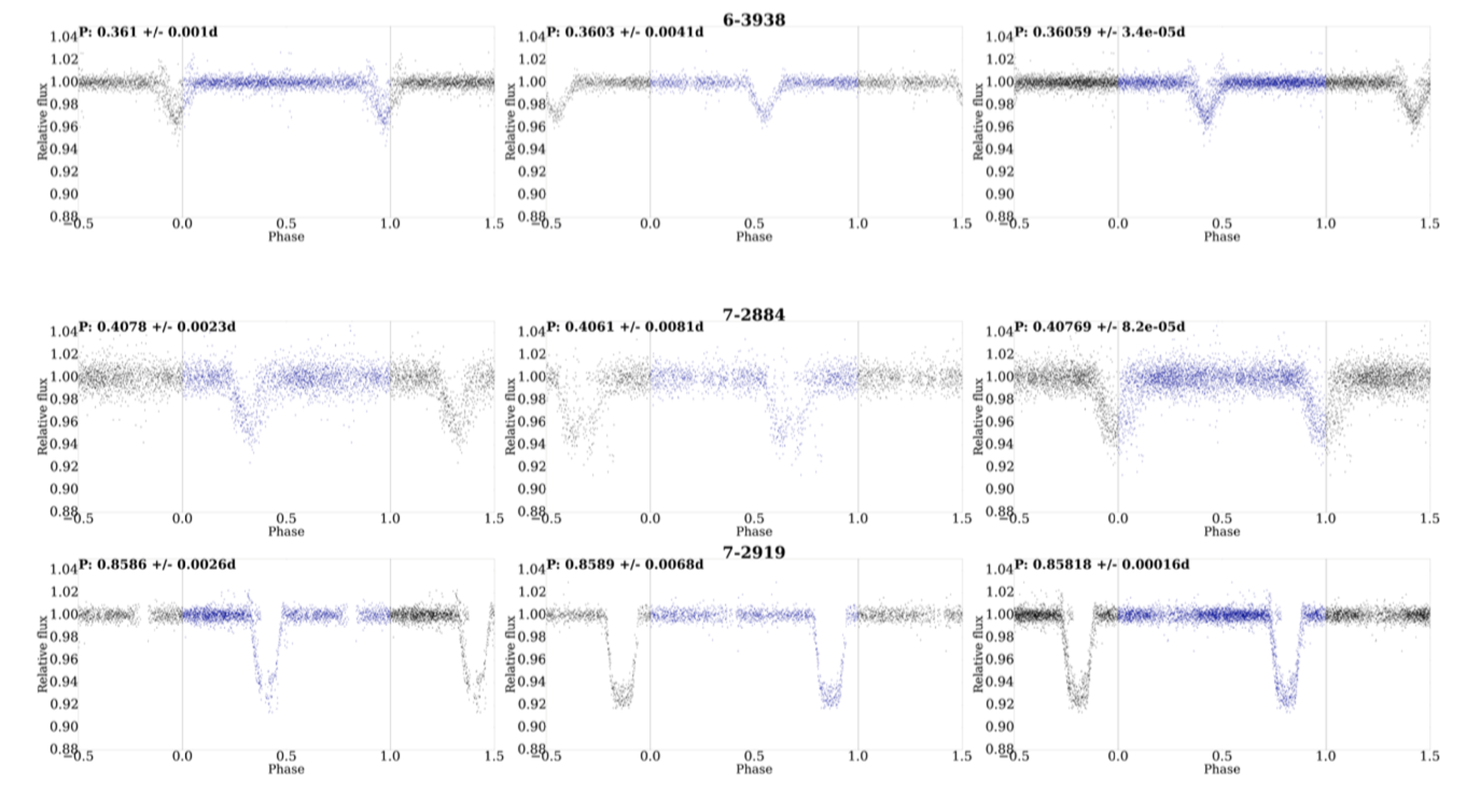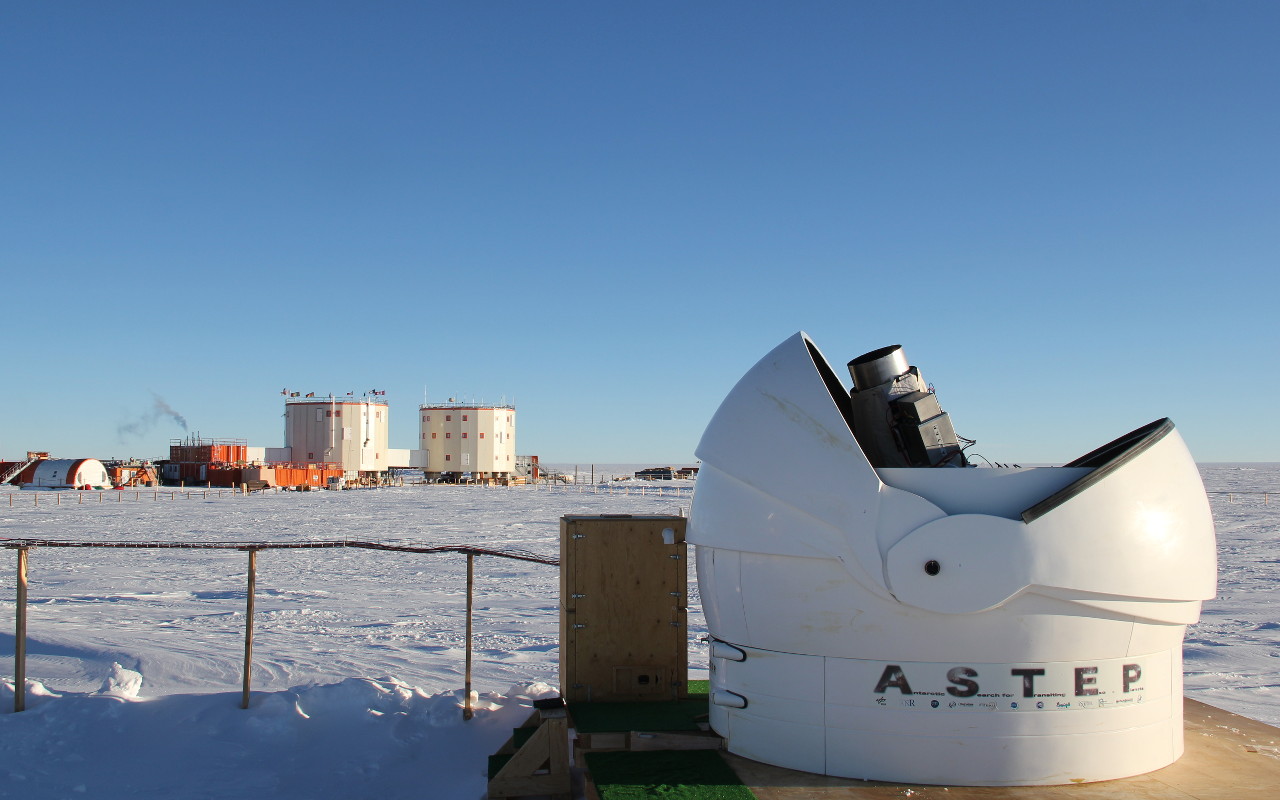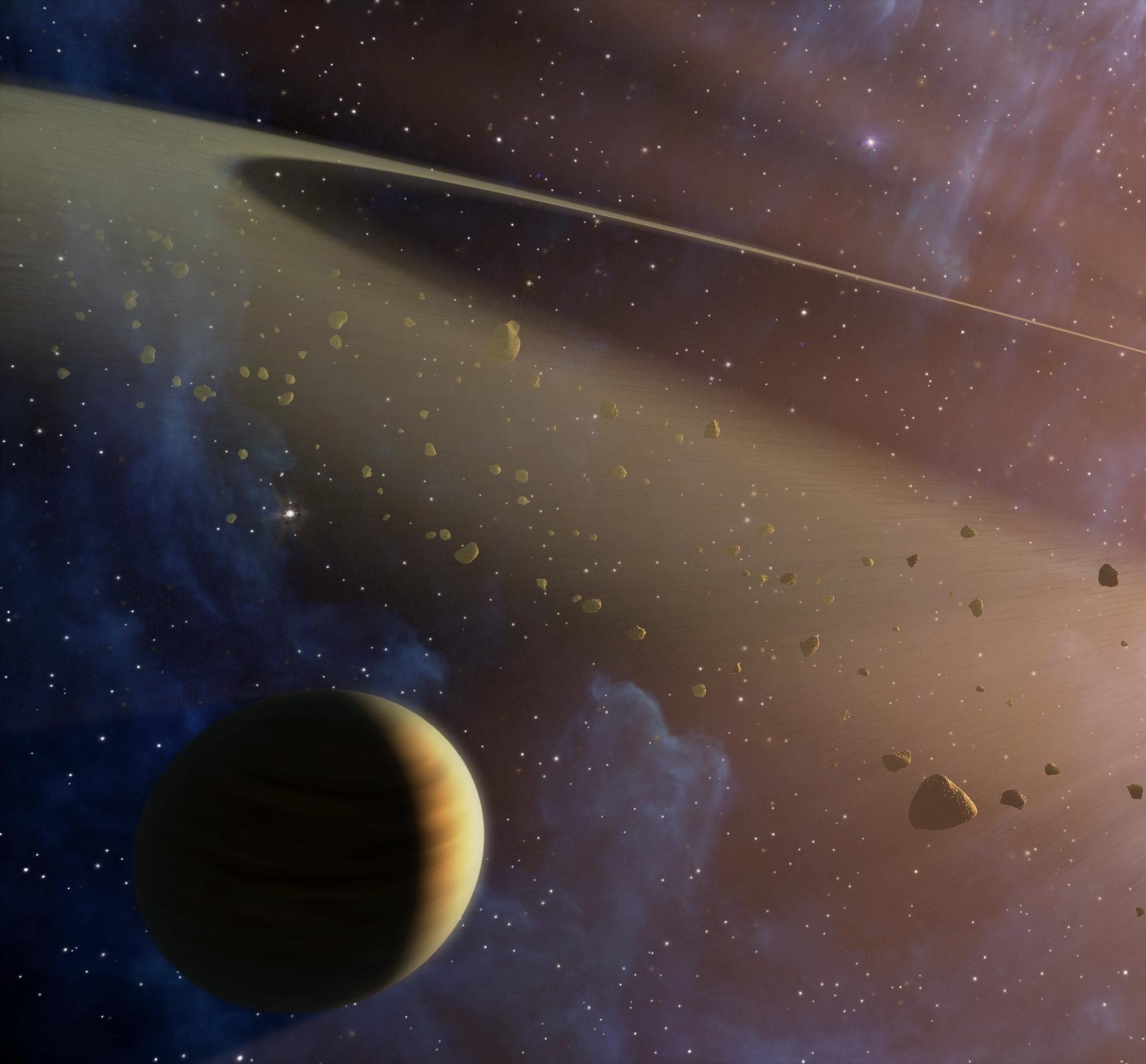Leiden observatory

After two years at Leiden observatory, I obtained an ESA Research Fellowship to work with Dr. Timo Prusti at the Research and Scientific Support Department of ESTEC, from the European Space Agency, at Noordwijk, in the Netherlands, and continued to work closely with the Leiden and c2d team members, given the proximity of ESTEC and Leiden. During that time, I also got involved in the testing team of the Mid Infrared Instrument MIRI for the James Webb Space Telescope, which took place at the Rutherford Appleton Laboratory, near Oxford in the UK, and participated in the definition of the test plan for the Verification and Flight Models of the instrument. During this period, I also was co-director of the Ph.D. Thesis of Isa Oliveira, together with Prof. Ewine van Dishoeck and Dr. Klaus M. Pontoppidan, and member of ESO’s Observing Program Committee for two calls.
Read more










